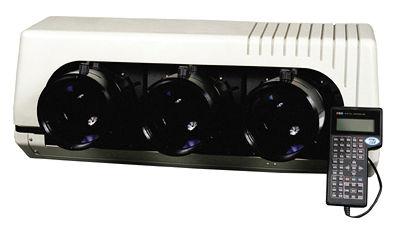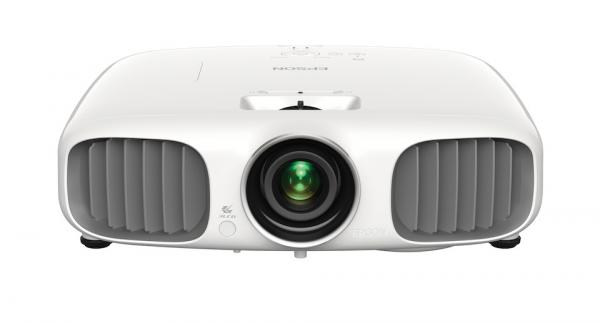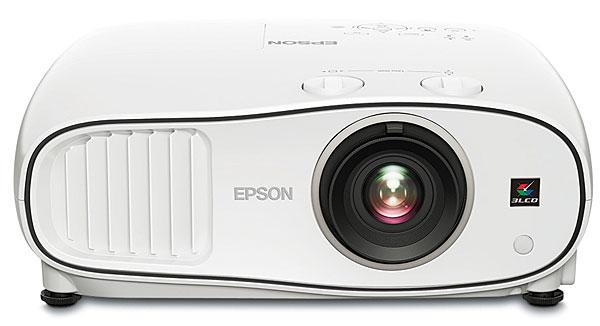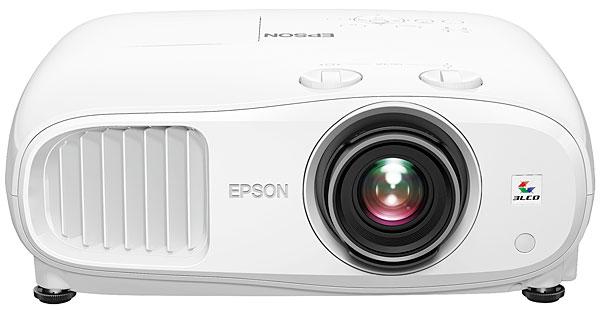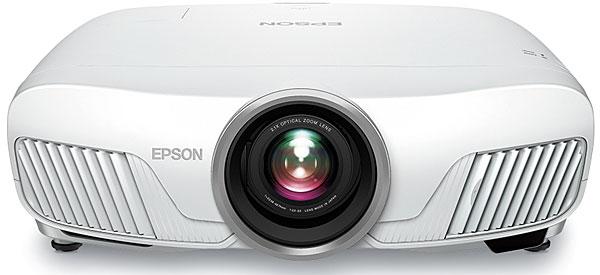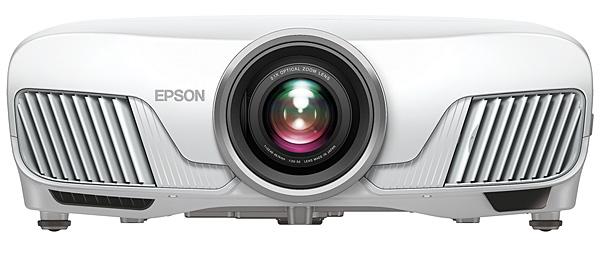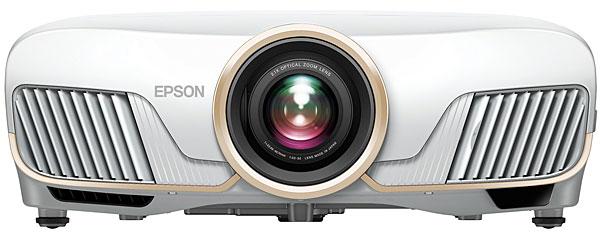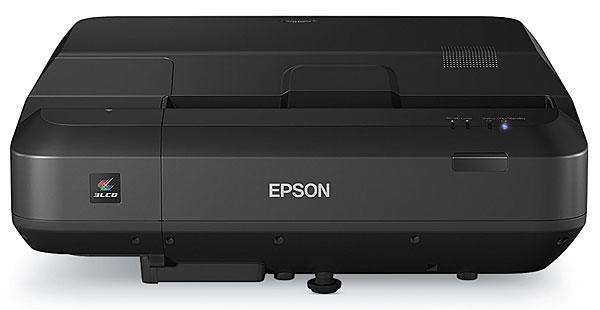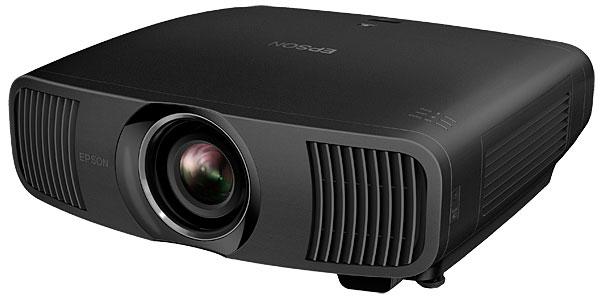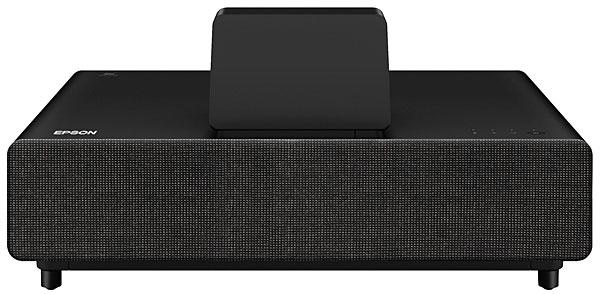Projector Reviews
Sort By: Post DateTitle Publish Date
|
Dec 29, 2017
|
Dec 12, 2018
|
Jul 18, 2019
|
Jan 30, 2018
|
Jun 09, 2022
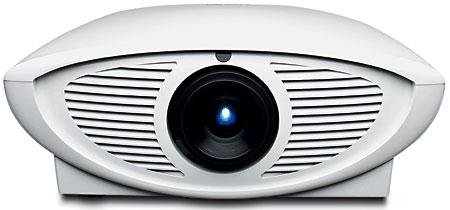
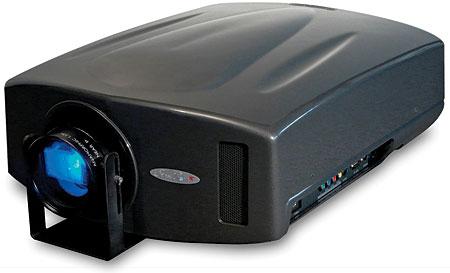
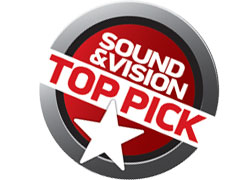 Price: $6,995 (optional Schneider Optics lens: $7,995) At A Glance: Big, bright, punchy image • Black level and shadow detail compete with the best • Excessively wide color gamut
Price: $6,995 (optional Schneider Optics lens: $7,995) At A Glance: Big, bright, punchy image • Black level and shadow detail compete with the best • Excessively wide color gamut


